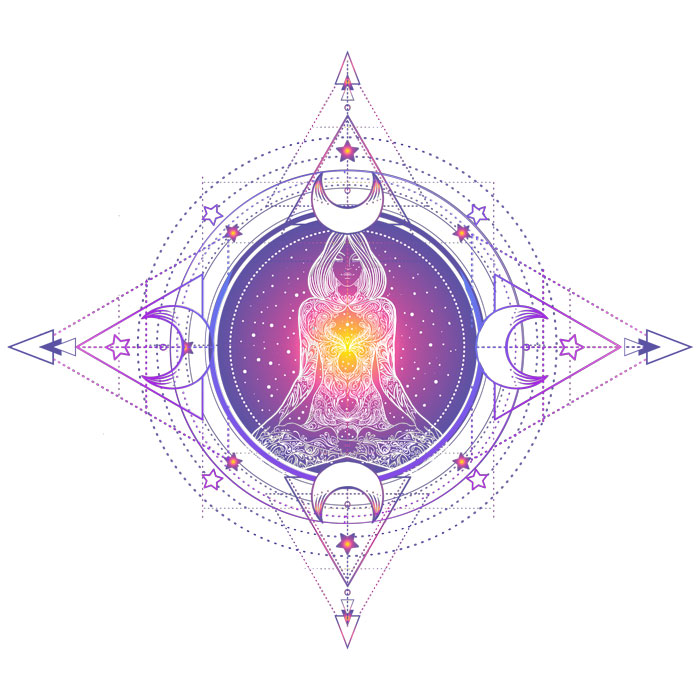The UEXL Institute Admissions Department is here to support you in choosing your education path for your personal and professional goals. We are the host for all of the BodyMind Institute, David Wolfe Inner Circle and Specialty Courses and Packages (including our Institute & Membership Platform Package). Life, Career, Health & Business Coaching Packages are also available from our experts, graduates and faculty.
Telephone: 1-888-787-8886
Email: [email protected]
Institute Support Hours:
Monday to Thursday: 10am to 2pm EST (New York Time)
Whether you are here just getting started in your health, lifestyle or career journey, or are an experienced professional, UEXL’s courses and programs will progress your life and business into new levels of confidence, vitality and abundance. Through our work together we are all enabled to serve a greater purpose of creating a world we are proud to live in.






